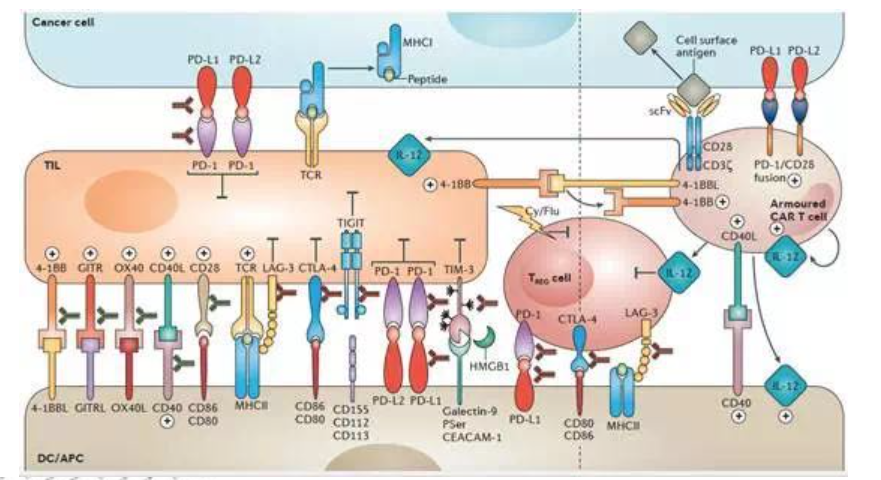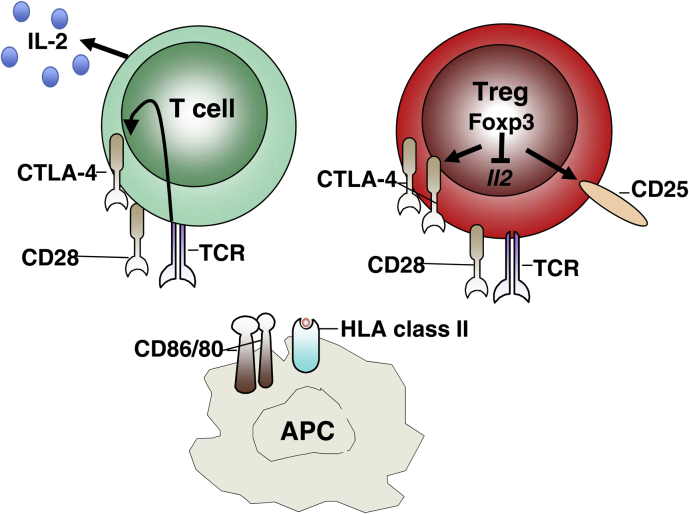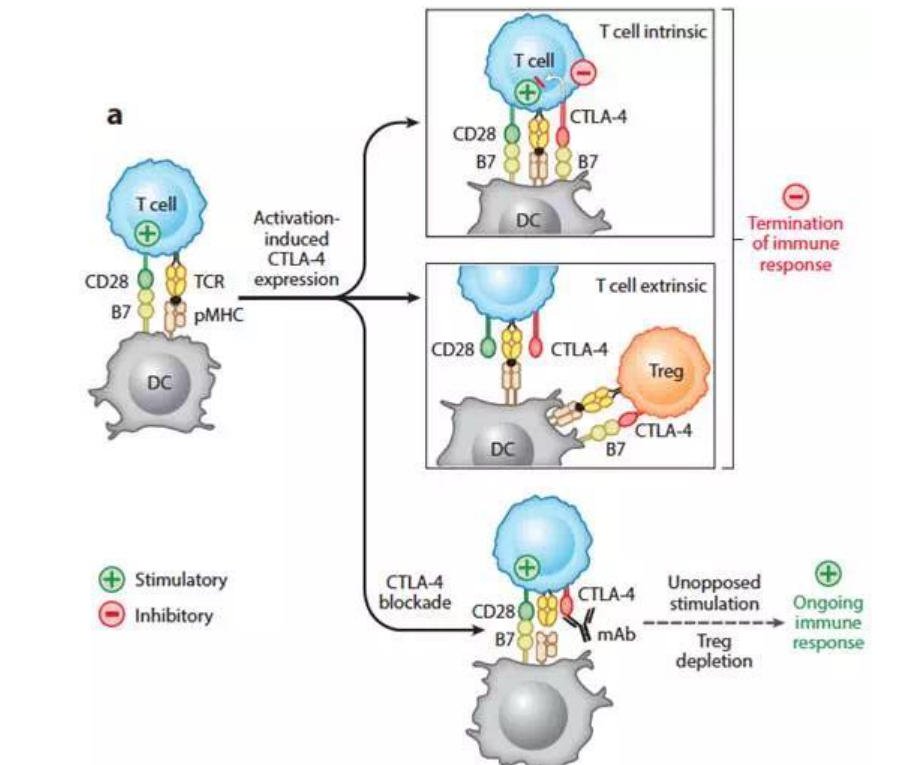Functional Antibody Recommendation: CTLA-4, an Immune Checkpoint Target
13 May 2025
by AntBio

CTLA-4, also known as CD152, is a transmembrane protein encoded by the CTLA-4 gene. It is expressed on activated CD4+ and CD8+ T cells and shares high homology with the costimulatory molecule receptor CD28 on T cells.
Both CTLA-4 and CD28 are members of the immunoglobulin superfamily and bind to the same ligands, CD86 (B7-2) and CD80 (B7-1). The immunoregulatory function of CTLA-4 is crucial for controlling CD4+FoxP3-, CD8+ T cells, and regulatory T cells (Treg). It can terminate the activation of T cells and mediate the suppressive function of Treg. Research indicates that CTLA-4 inhibits T cell activation through two main pathways:
-
Competing with CD28 to bind B7 ligands or recruiting phosphatases to its intracellular domain, thereby weakening TCR and CD28 signals.
-
Reducing the expression of CD80 and CD86 on antigen-presenting cells (APCs) or removing them via transendocytosis, thus diminishing CD28-mediated T cell activation. Additionally, CTLA-4 mediates the binding of dendritic cells to CD80/CD86 and induces the expression of the tryptophan-degrading enzyme IDO, leading to TCR inhibition. CTLA-4 antibodies can decrease Treg cells and activate TCR by binding to CTLA-4.


Currently, the only approved CTLA-4 antibody is Ipilimumab (Yervoy) from BMS, which received FDA approval in 2011 for melanoma treatment. Tremelimumab, initially developed by Pfizer and now studied by Medimmune, has not been approved for any cancer due to poor clinical performance.

| Clone Number | S-R534 | 9D9 |
|---|---|---|
| InVivoMAb Series No. | SOB1101 | SOB0574 |
| Isotype | Armenian hamster Recombinant mAb | Mouse IgG2b |
| Applications | in vitro CTLA-4 neutralization, in vivo CTLA-4 neutralization, WB | in vivo CTLA-4 neutralization, Western blot |
| Immunogen | Mouse CTLA-4-human IgG1 fusion protein | Not available or unknown |
| Purification | Protein G | Protein A |
| Recommended Diluent | PBS pH7.4, containing no preservative | PBS pH7.4, containing no preservative |
| Endotoxin Content | <1EU/mg | <1EU/mg |
| Concentration | 5 mg/ml | Lot specific* (generally 5 to 20 mg/ml)* |




